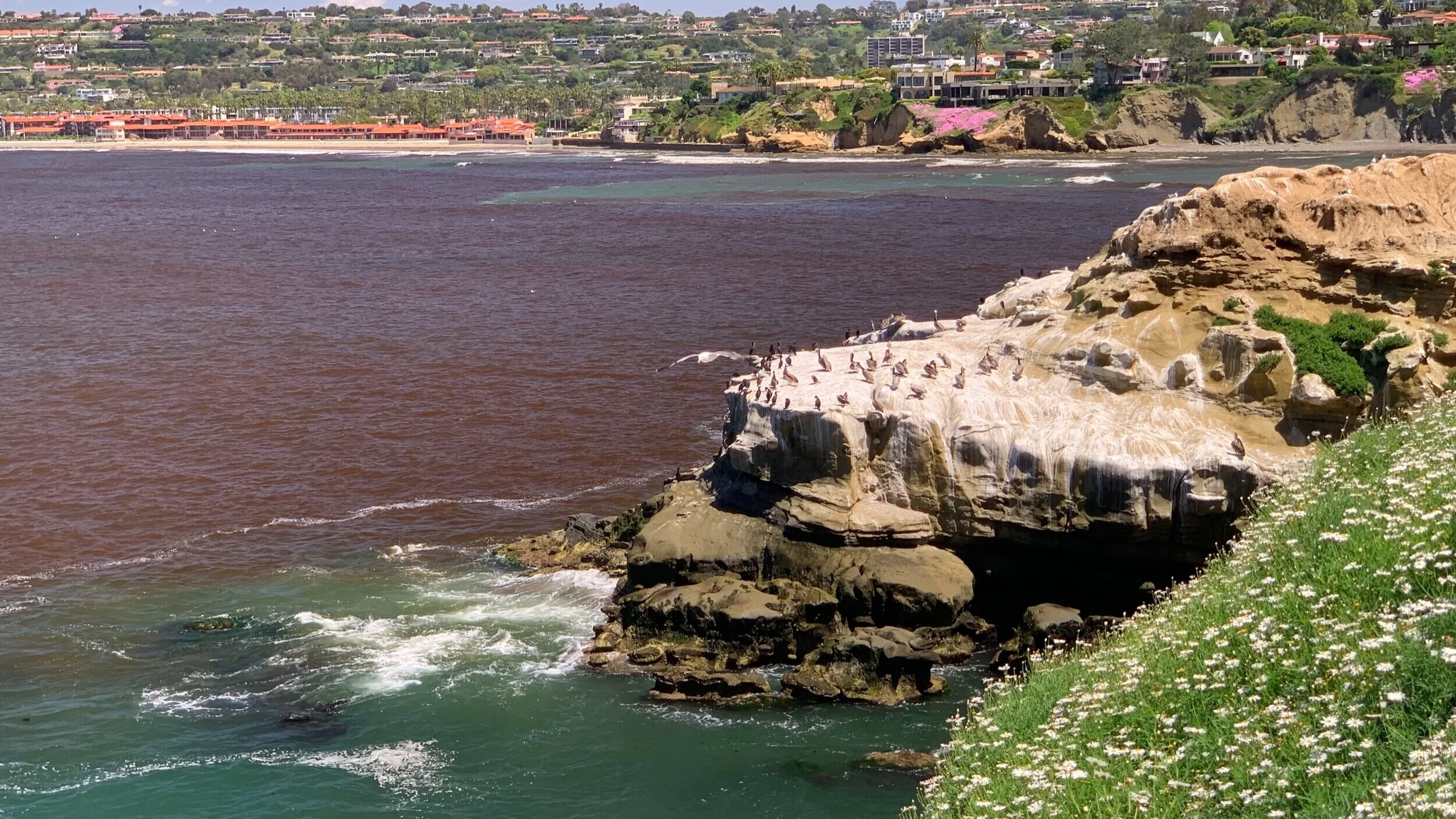WASTEWATER & POLLUTION MONITORING
WASTEWATER & POLLUTION
ENVIRONMENTAL MONITORING
PAYLOAD:
RBRmaestro CTD
Turner Cyclops 7-F Chla
Turner Cyclops 7-F Turbidity
Turner Cyclops 7-F CDOM
JFE RINKO III Dissolved Oxygen Sensor
Excellent addition: Seabird SUNA V2 Nitrate Sensor
INSTITUTION:
City of Los Angeles, LA Sanitation, Environmental Monitoring Division
DEPLOYMENT LOCATION:
Hyperion Water Reclamation Plant outfall, Santa Monica Bay, City of Los Angeles, California
SCIENTIFIC SUMMARY:
The profound influence of humankind on the oceans is a pressing environmental concern. Scientific, policy, and regulatory efforts are all in play to mitigate this impact, but their effectiveness is limited by a lack of information regarding the ocean’s variability and response to perturbation. The Wirewalker platform provides an excellent platform from which to monitor human impacts on the ocean.
In this example, a planned 26-day wastewater diversion in Southern California was monitored by a Wirewalker mooring (Lukas and Kudela, 2017). “This study showed the importance of high frequency internal wave dynamics on plume dispersal. Since such dynamics influence mixing more directly than low-frequency currents, a thorough assessment of any discharge location requires characterizing the high-frequency physical dynamics at play there.”These observations show the vital role that high-frequency physical dynamics play in the far-field dispersion and mixing of the effluent plume, as well as the processes associated with the energetic effluent discharge. Both influence the fate of the plume, and its potential to contaminate coastal areas.
Figure 1 - Temperature, Salinity, and Chl-A from a 26-day deployment, with subsets of a 24-hr and 36-hr period; the latter further broken into an 8 and 4-hr period highlighting dataset resolution.
From the 26 day period (Figure 1), we highlight a 24-hour period characterized by rich temperature and salinity variability in the vertical and in time. Also highlighted is a 36-hour period. The wastewater effluent was constrained to the upper ten meters and absent from within and below the pycnocline. Chlorophyll-a concentration was elevated in the plume waters during this period. Strong semidiurnal variability and packets of high-frequency internal waves caused oscillations of the pycnocline and in both components of velocity (not shown). Panels A (8-hr period) and B (4-hr period), show the impact of high-frequency internal waves on the dispersal of the effluent plume. Panel A shows a packet of high-frequency internal waves, propagating onshore, passed the mooring location. This wave packet was associated with a rapid reversal in the vertically sheared velocity, plunging isopycnals that brought the surface plume down to nearly 20m depth. Such packets of internal waves can both advect and mix the plume. On the subsequent tidal cycle (panel B), an energetic near-bottom tidal bore was observed. At the head of the bore, strong convergence in currents was found, while above and trailing the bore the currents were strongly divergent. A clear signal of potential entrainment and mixing of the surface plume by the bottom bore (red star) was apparent. These forms of nonlinear internal dynamics influence the distribution and evolution of the plume in the far field.
REFERENCES:
Lucas, Andrew. 2017. “Wirewalker and Acoustic Doppler Current Profiler (ADCP) in “Fall 2015 Hyperion Treatment Plant Effluent Diversion To The 1-mile Outfall Comprehensive Monitoring Program Final Report” by City of Los Angeles, Environmental Monitoring Division.
Lucas, A.J. and R.M. Kudela. 2015. The fine-scale vertical variability of a wastewater plume in shallow, stratified coastal waters. Estuarine, Coastal, and Shelf Science. doi:10.1016/j.ecss.2015.08.010











